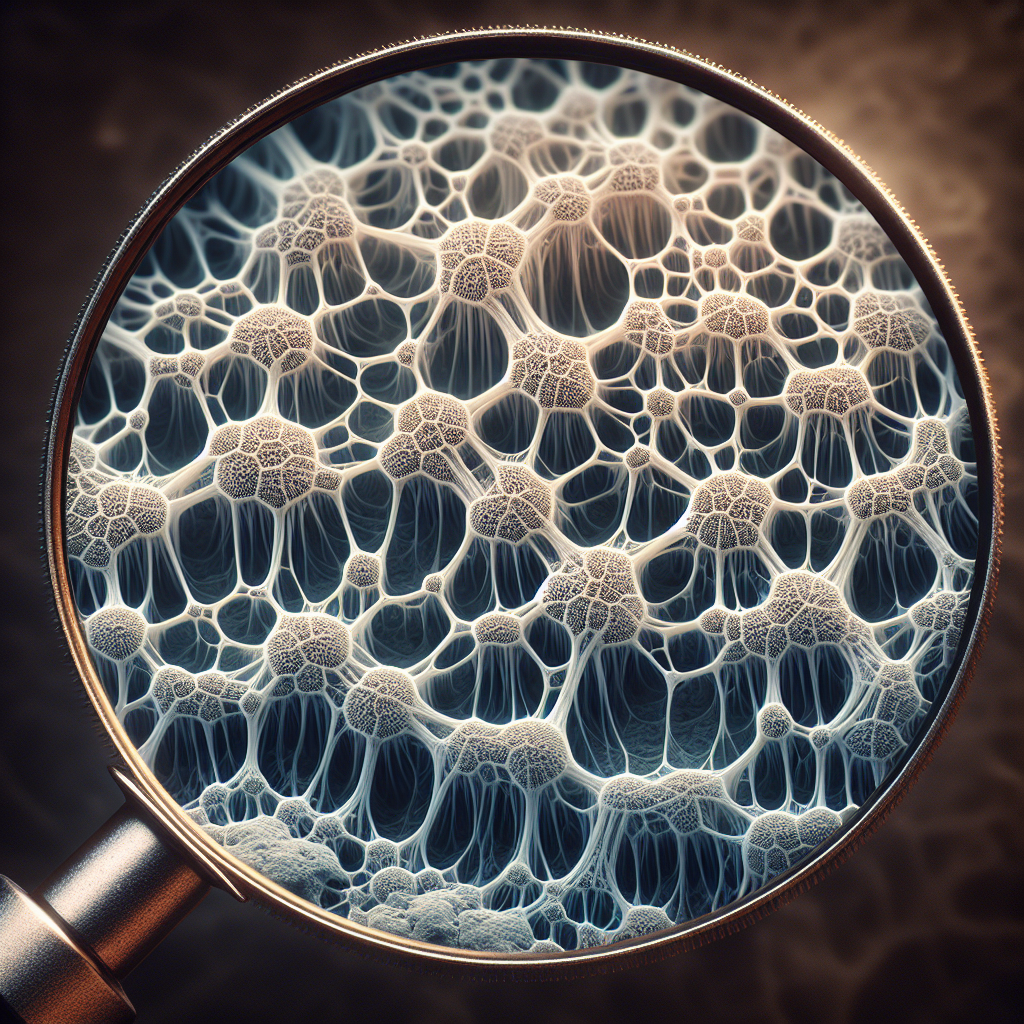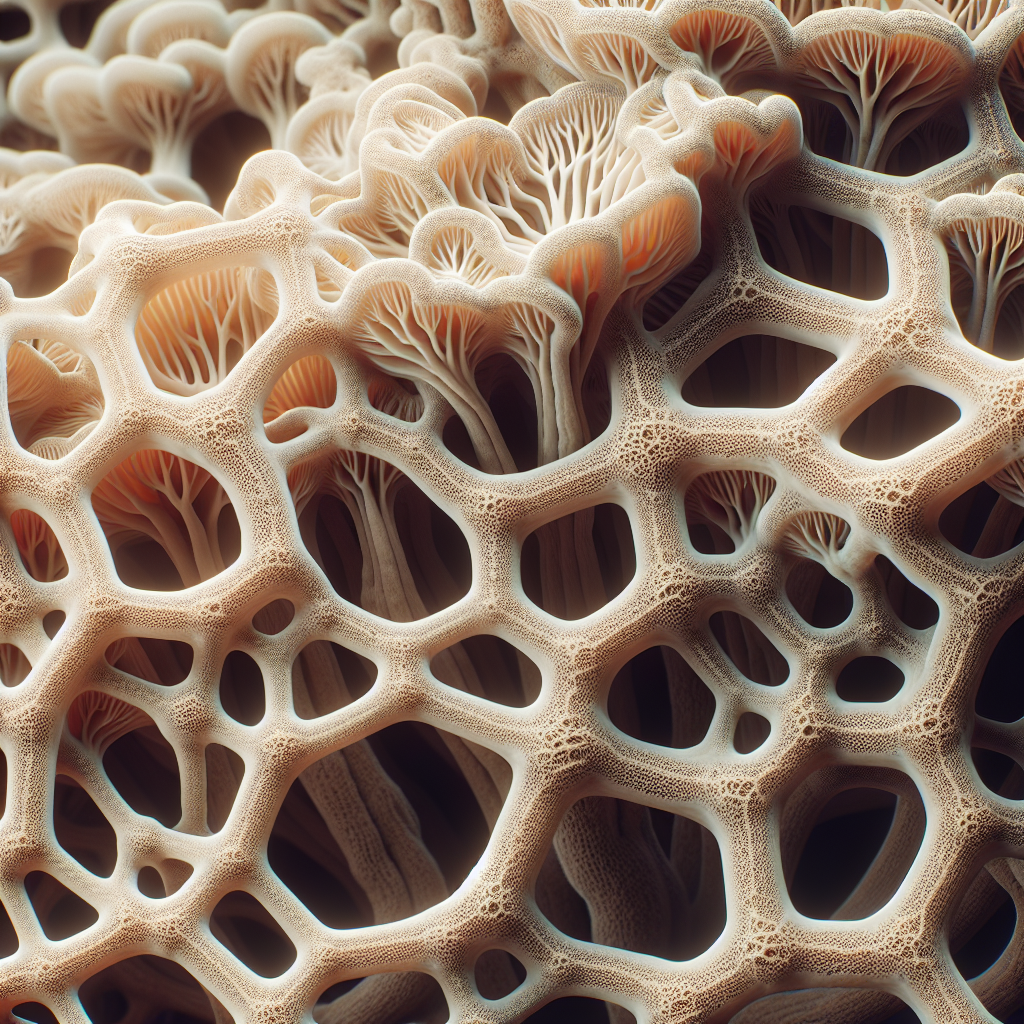Initiating your journey into the world of fungi, you might wonder about mycelium, a term that often comes up in this context. In the article, “Understanding the Concept: What is Mycelium?” , we unravel this often overlooked, yet integral part of fungi biology, shedding light on its structure, function and importance. The vast network of delicate threads, known as mycelium, is the powerhouse behind the growth of mushrooms and the dynamic force that supports thriving ecosystems. Read on to develop an in-depth comprehension of mycelium, its biological significance, and its potential uses.
Understanding Mycelium: An Overview
Mycelium is a crucial element in the ecological structure of our world, yet its significance is relatively unknown outside of scientific circles. When you delve into the world of mycelium, you will discover an intricate network of microscopic fungal threads that play a pivotal role in different life processes, from decay and recycling to nurturing new life.
Definition of mycelium
The term mycelium is derived from the Greek word “mykes,” meaning fungus. It refers to the network of fine, tubular filaments known as hyphae, produced by fungi. Unlike plants, fungi cannot make their own food through photosynthesis, so they rely on their surroundings to source nutrients. Here is where the mycelium intervenes, acting as a conduit to absorb and transport these vital elements.
Main components of mycelium
The main components of mycelium are the hyphae, these individual threads join together creating a complex branched network extending into the substrate, be it soil, wood, or other organic matter. This structure gives mycelium a vast surface area to absorb nutrients. Additionally, the cell walls of mycelium contain chitin, a carbohydrate that reinforces its structure, providing durability and resistance.
Role of mycelium in the natural world
Mycelium plays a vital role in the degradation and recycling of organic material. It helps to break down dead plant material and animal waste, converting them into vital nutrients. Mycelium also forms symbiotic relationships with plants, assisting with water and nutrient absorption. Furthermore, it plays a crucial role in maintaining soil structure, improving soil fertility, and promoting biodiversity.
The Structure of Mycelium
An understanding of the mycelium structure offers a basis for understanding its role and functions in various ecosystems and industries.
Hyphae and its relevance
Hyphae are the building blocks of mycelium. These long, branching filaments penetrate their substrate, absorbing nutrients, and water. The hyphae are further divided into septate and coenocytic types, depending on their internal structure. The branching structure of the hyphae increases the surface area for optimal nutrient absorption.
The growth pattern of mycelium
The growth pattern of mycelium encompasses two primary stages – vegetative growth and reproductive growth. Following spore germination, the mycelium undergoes vegetative growth, extending its hyphae into the surroundings to extract nutrients. During reproductive growth, the mycelium produces spores that spread and germinate, giving rise to new mycelial networks.
Difference between mycelium and fungal spores
While both are integral parts of the fungal life cycle, there is a significant difference between mycelium and spores. The mycelium is the active, vegetative part of the fungus, absorbing nutrients and growing. On the other hand, spores are the reproductive elements, responsible for dispersal and propagation of the fungal species.

The Life Cycle of Mycelium
A thorough grasp of the mycelium lifecycle enhances our understanding of its nature, adaptability, and role in the environment and various industries.
The reproduction process
Mycelium reproduction involves a variety of processes depending on the species. It could be asexual, with spores produced by a single parent, or sexual, involving two distinct parent mycelia.
Stages of mycelium growth
The mycelium lifecycle involves several stages – spore germination, young hyphae growth, maturation into mycelium, and spore production for reproduction. This cycle repeats itself, ensuring the survival and propagation of the fungi.
Influence of environmental factors on mycelium lifecycle
Conditions such as temperature, moisture, oxygen levels, and nutrient availability significantly influence the lifecycle of mycelium. Optimal conditions promote growth and reproduction, while unfavorable conditions can lead to dormancy or destruction.
Mycelium’s Role in Sustainability
As our world grapples with environmental challenges, mycelium offers sustainable solutions owing to its unique biological properties.
Mycelium’s role in soil health
Mycelium significantly enhances soil quality. Its network of hyphae create a complex soil structure facilitating better water retention, aeration, and nutrient distribution. Furthermore, it helps decompose organic matter, releasing essential nutrients back into the soil.
The impact on the eco-system
By boosting soil health, mycelium promotes biodiversity by supporting various organisms’ survival and growth.
Mycelium and carbon sequestration
Although significant, it is often overlooked that mycelium plays a massive role in carbon sequestration. It does this by converting organic material into stable forms of carbon, locking it into the soil and reducing carbon dioxide release into the atmosphere.

The Symbiotic Relationship between Mycelium and Plants
Mycelium’s relationship with plants is a perfect example of nature’s symbiosis, benefiting both parties involved.
Understanding mycorrhizae
Mycorrhizae are the result of a symbiotic relationship between mycelium and the roots of plants. This union allows plants to absorb nutrients and water more efficiently, while the mycelium benefits from the carbohydrates produced by the plant through photosynthesis.
How mycelium helps plant growth
Through mycorrhizae, mycelium significantly boosts plant health and growth. It enables better nutrient and water uptake, offers protection against pathogens, and increases the plant’s resistance to harsh environmental conditions.
Examples of symbiotic relationship
An excellent example of this symbiosis is visible in forest ecosystems, where vast mycelial networks connect trees and plants, facilitating nutrient sharing and communication.
Commercial Use of Mycelium
The unique properties of mycelium have seen its application span several industries, from culinary to medicine and manufacturing.
Mycelium in the food industry
In the food industry, mycelium forms the basis of several favorite foods like mushrooms. It is also being studied for use as a protein source and meat substitute.
Mycelium in the pharmaceutical industry
In pharmacology, certain mycelium types are known for their therapeutic benefits, including boosting the immune system and combating cancer cells.
Industrial applications of mycelium
In industry, mycelium’s durable and flexible nature has led to its use in creating sustainable alternatives to plastics, insulation, packaging, and even leather and textiles.
Mycelium and Bioremediation
Mycelium’s role extends to environmental cleanup through bioremediation and pollution control.
Understanding the concept of bioremediation
Bioremediation refers to the use of living organisms to remove or neutralize pollutants from the environment. The mycelium has proven highly efficient at digesting pollutants and enhancing ecosystem recovery.
Mycelium in pollution control
Mycelium can help eliminate various pollutants like heavy metals and oil spills from soil and water. Its dense network of hyphae absorbs and breaks down these pollutants, rehabilitating the damaged environment.
Case studies of mycelium bioremediation
There are numerous case studies showcasing how mycelium has been used successfully in bioremediation. One such example is the use of oyster mushroom mycelium to clean up oil spills, demonstrating a potential solution to such environmental crises.
The Health Benefits of Mycelium
Mycelium offers a host of health benefits, attracting interest from the health and wellness industry.
Mycelium as a source of nutrients
Mycelium is rich in essential nutrients like vitamins, minerals, and proteins, making it an excellent dietary supplement.
Medical properties of mycelium
Certain types of mycelium are known for their medicinal properties. For instance, the mycelium of the Reishi mushroom has been used in traditional medicine for its immunomodulating and anti-cancer properties.
Current research on mycelium health benefits
Current scientific research is delving into the broader health benefits of mycelium, ranging from combating chronic illnesses, boosting immune health, to potential nootropic functions enhancing cognitive abilities.
Mycelium and Biofabrication
Mycelium is revolutionizing the concept of biofabrication, heralding new sustainable advancements in the textile industry and beyond.
Understanding biofabrication
Biofabrication involves using living organisms to create sustainable materials. With mycelium, it’s possible to grow customizable, biodegradable items with minimal environmental impact.
Use of mycelium in textile industry
Mycelium’s use in the textile industry has gained traction due to its leather-like properties. This myco-leather is sustainable, biodegradable, and can be produced without the harmful ecological footprint of traditional leather production.
Future potential of mycelium in biofabrication
The potential for mycelium use in biofabrication extends beyond textiles. Its ability to be grown into almost any shape makes it ideal for producing items like biodegradable packaging, furniture, and architectural structures.
Challenges and Solutions in Mycelium Cultivation
Cultivating mycelium holds immense potential but also presents significant challenges.
Common difficulties in cultivating mycelium
Cultivation issues can arise from suboptimal growing conditions, contamination risks, and maintaining the genetic stability of the mycelium.
Research-based solutions for successful cultivation
Advancements in cultivation techniques aim to address these issues. This includes creating controlled growing environments, developing sterilization procedures, and using selective breeding for genetic stability.
The future of mycelium farming
The future of mycelium farming seems promising, given its diverse applications and benefits. With further developments, mycelium cultivation could offer sustainable solutions to various environmental challenges, from waste management to climate change mitigation.
